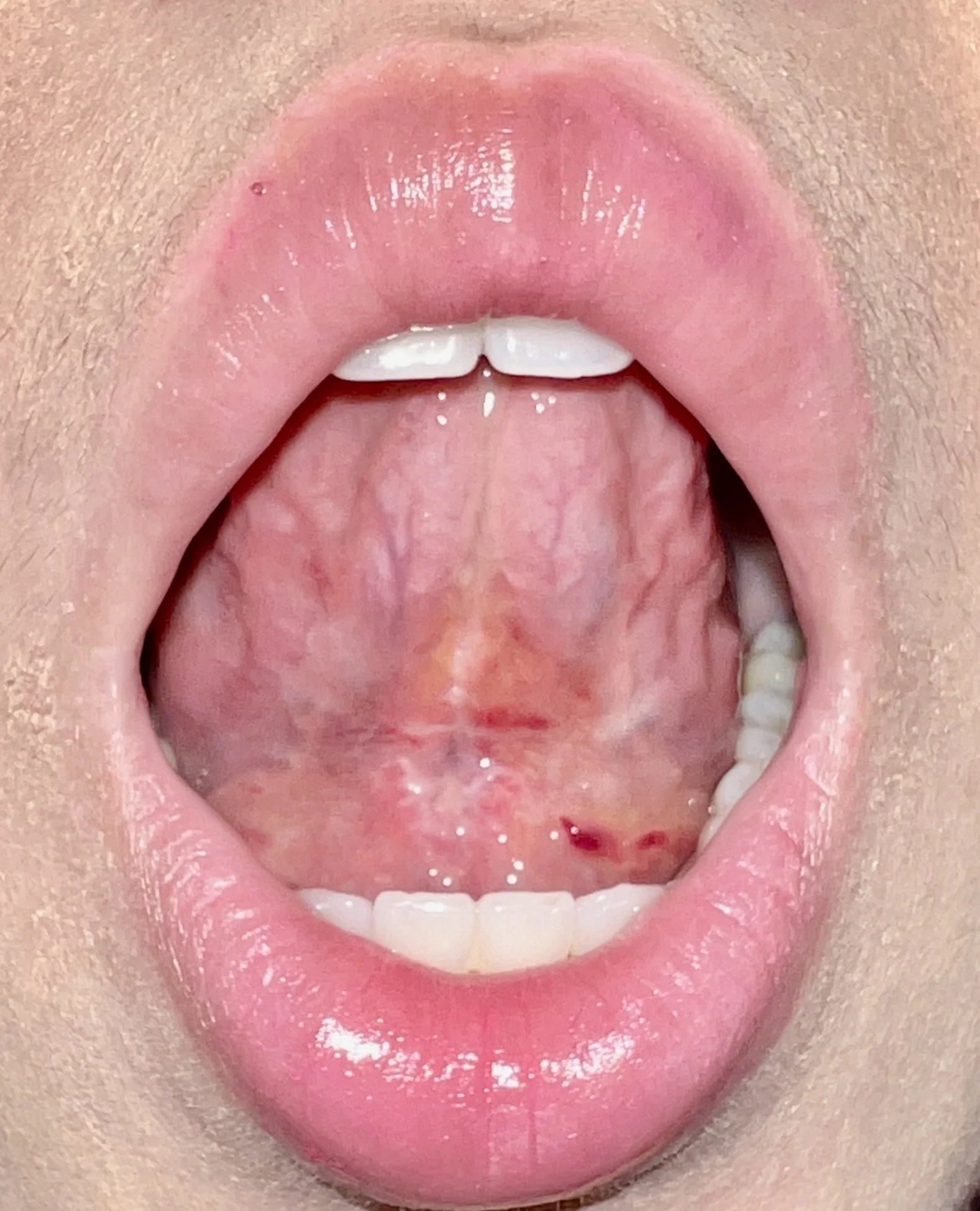Dental Hygiene
“I advise my patients to practice excellent oral hygiene like their lives depend on it, because they do.” - Brush Your Teeth Like Your Life Depends On It!
Individuals who wear dentures do not have to worry about oral-systemic interconnections; true or false? False! Gum disease can still take place if you have dentures. There are direct effects of the bacteria in the mouth on the vascular system. Even without the teeth and the sub-gingival (under the gums) environment, bacteria exist and thrive in the mouth. As determined by bacterial DNA analysis through saliva diagnostics, these harmful bacteria are present in the mouth of individuals who wear dentures.
These environments conducive for bacterial growth exist on the tissue side of complete dentures, in the tonsillar region, and on the back of the tongue, especially when there is post-nasal drip. Even in the absence of teeth, meticulous oral hygiene should be practiced as if the patient’s life depended on it. Patients with any level of gum disease, including, and most importantly, gingivitis (bleeding gums), should be doing something different at home. In patients with gum disease, the bacteria load is higher than their immune systems can handle.
The gingival (gums) health of anyone is a direct reflection of the effectiveness of his or her oral hygiene efforts. It would be very advantageous for all physicians, dentists and patients alike to think about bacteria and their endotoxins traveling around the body, potentially living in arterial walls, including coronary and cerebral arteries. Thorough, daily dental hygiene is an inexpensive and simple way to lower your risk of cardiovascular issues.
Tongue-Tie Release Using CO2 Laser Technology
Tongue-tie, also known as ankyloglossia, is a condition present at birth that restricts the tongue’s range of motion. With tongue-tie, an unusually short, thick, or tight band of tissue (lingual frenulum) tethers the bottom of the tongue’s tip to the floor of the mouth.
This tethered band of tissue prevents the tongue from functioning properly during swallowing causing a low tongue posture which eventually leads to airway and posture problems, snoring, TMJ symptoms, neck tension and forward head posture. We know that the tongue has many functions including playing a role in talking, chewing, and swallowing. The resting position of the tongue in the palate is the primary stimulation for midface growth and development and provides the stabilization for the cranial base as well as contributing to normal cranial motion. During the swallowing process, the upward pressure to the tongue into the hard and soft palate drains the sinuses and middle ear and increases the cranial rhythmic movement by increasing motion at the sphenobasilar symphysis. The tongue is also intimately connected to the hyoid bone, lower jaw and temporal bones via muscles and ligaments. When the tongue is resting in a low posture in the lower jaw, the head nods forward following the posture of the tongue, leading to a forward head posture, forward rolling of the shoulders, and a forward tilt of the pelvis along with the inward collapse of the feet.
As the head moves forward in relation to the cervical spine, the increase in load is 10 lbs. for every inch forward displacement of the head. The treatment for a tongue-tie is a lingual frenectomy, wherein the tethered band of tissue is released using a CO2 laser along with the required myofunctional therapy.



